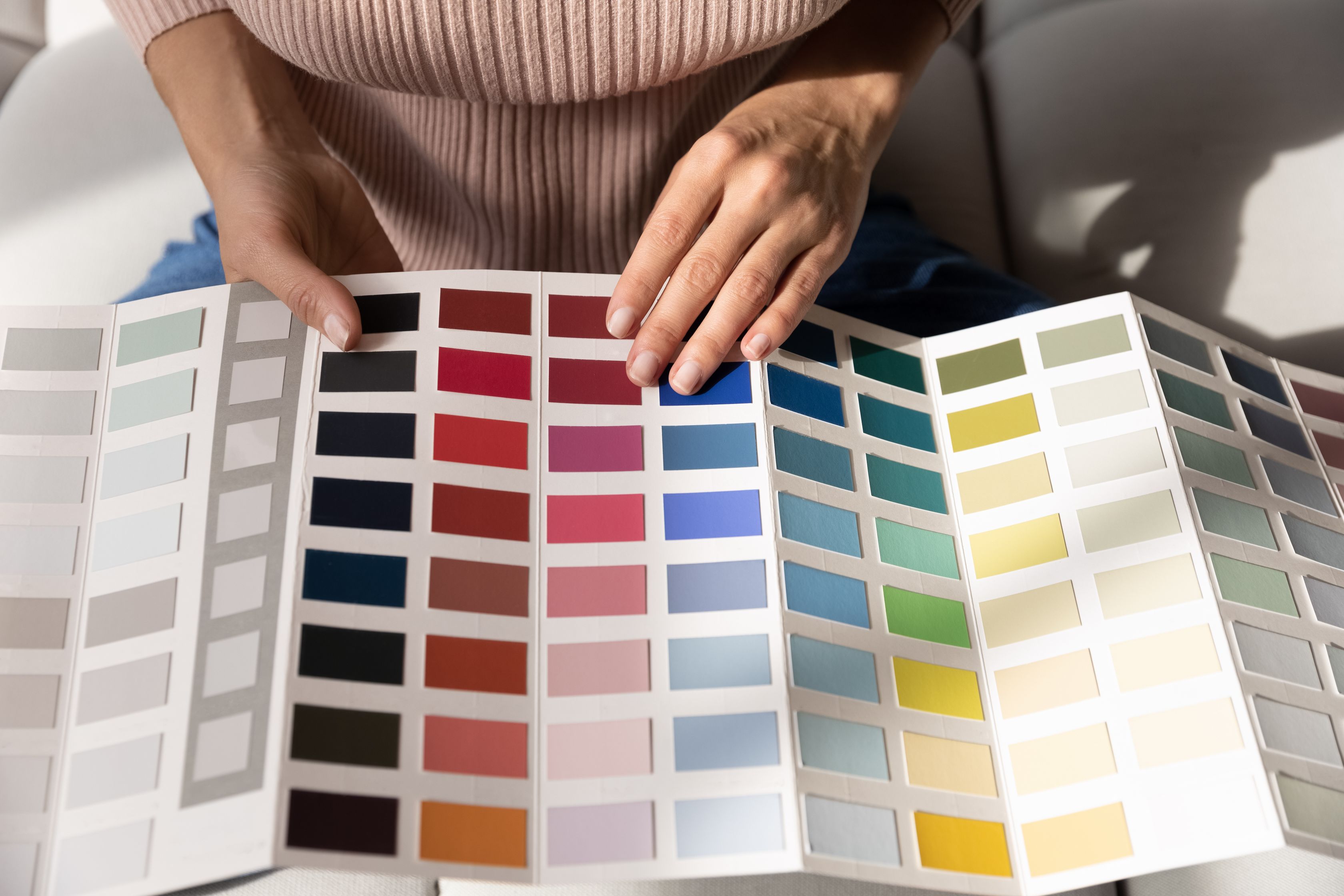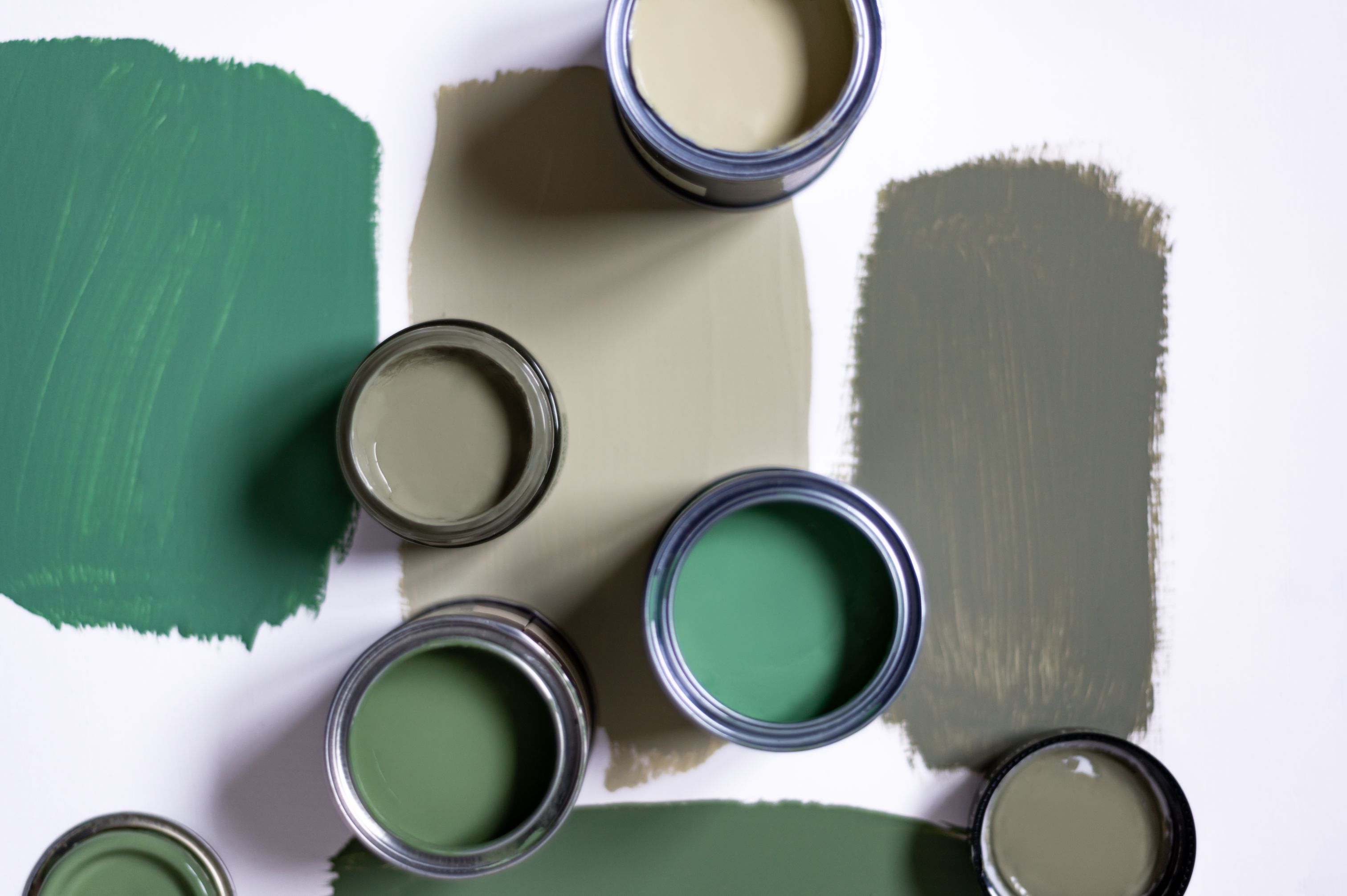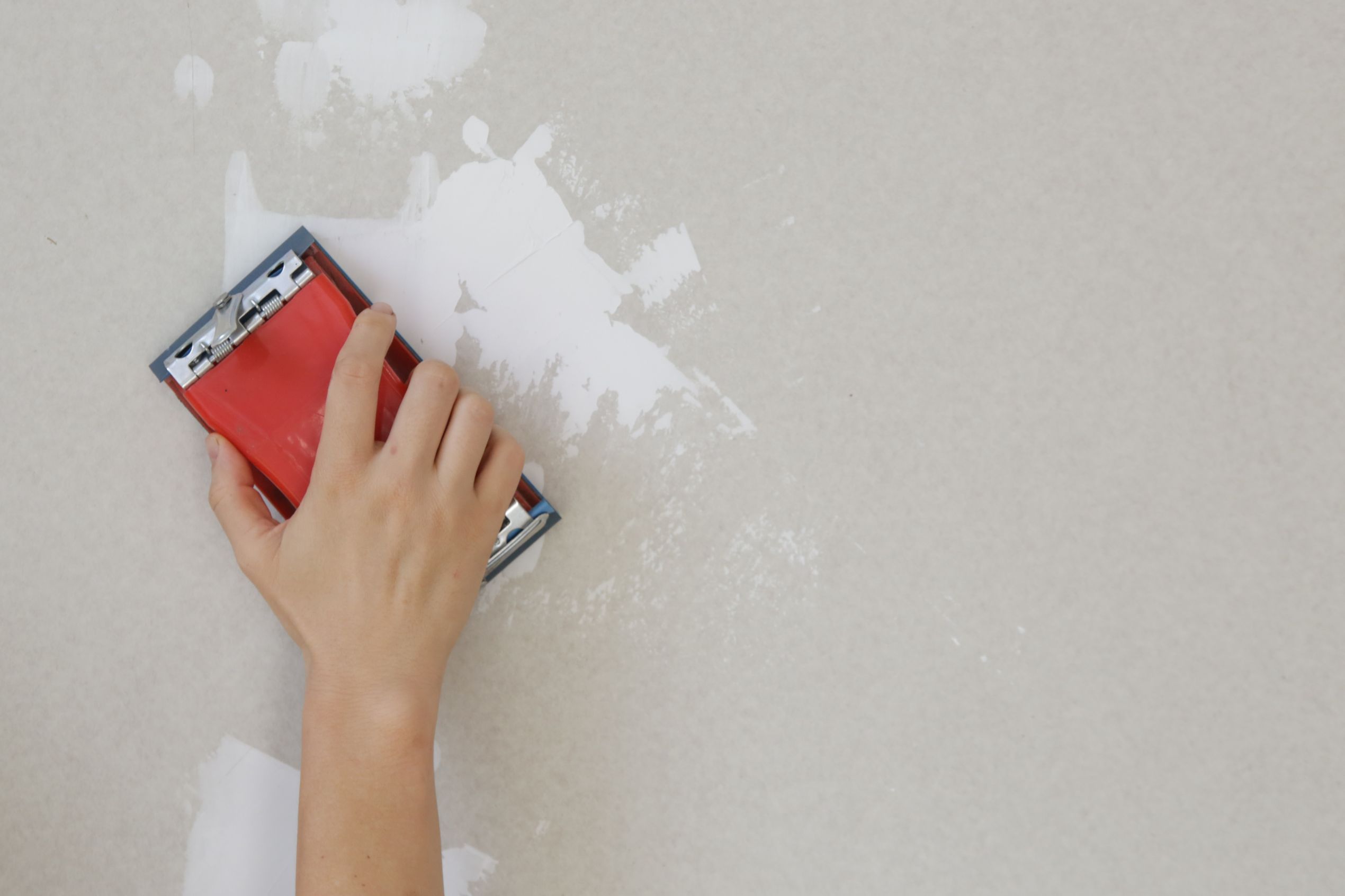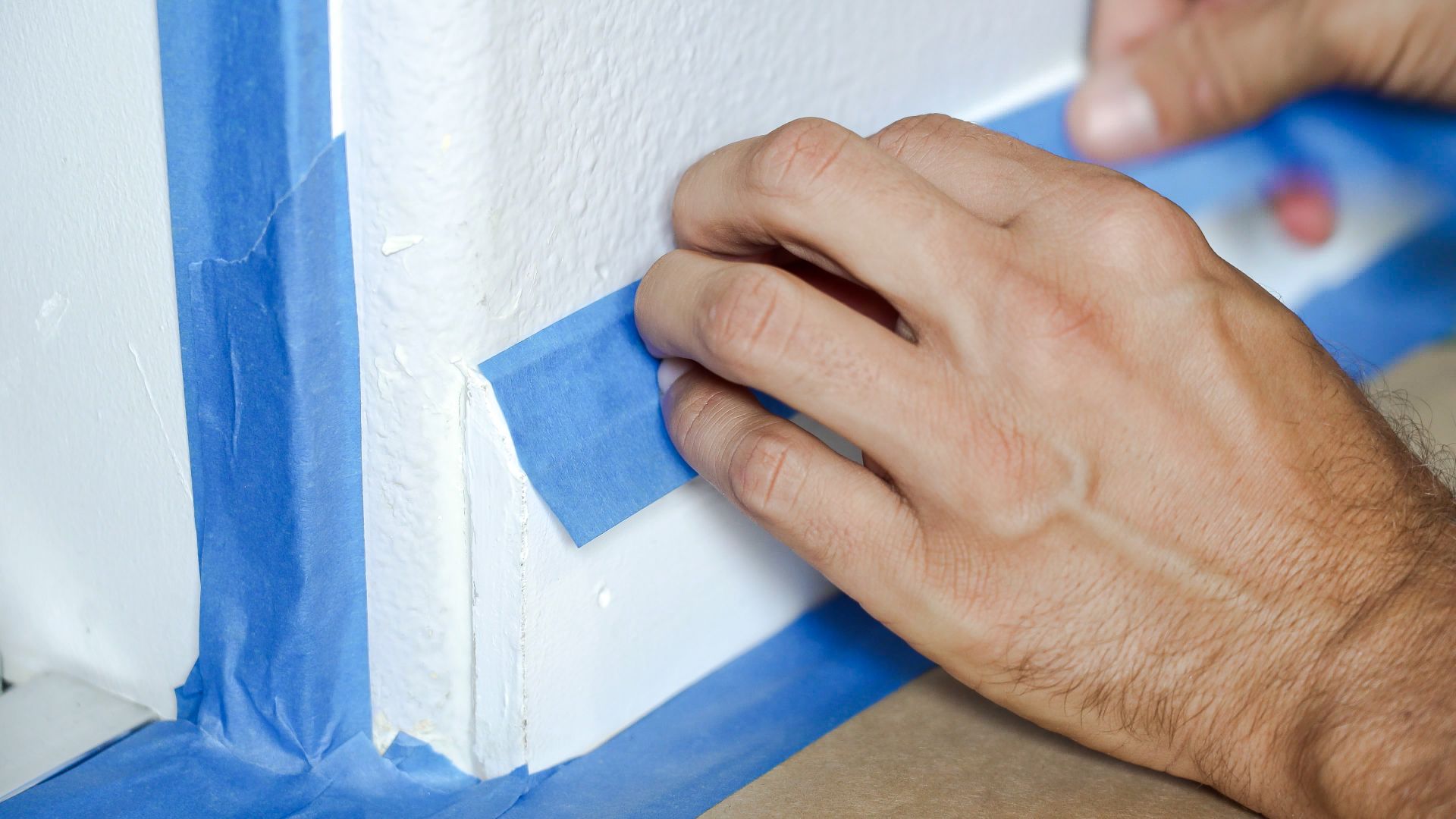
It might be difficult to choose the best paint finish for your house. To assist you in making an informed decision, we will thoroughly explain the difference between distemper and emulsion paints in this detailed guide.
Introduction to Distemper and Wall Emulsion Paints
Making an informed choice about the interior wall coating of your home begins with having a basic understanding of distemper and wall emulsion paints.
What is distemper paint?
Interior distemper paints are conventional, affordable options with a matte finish that makes them appropriate for a traditional, rustic style.
What is emulsion paint?
On the other hand, interior emulsion paints provide a modern, adaptable option with a smooth, robust, and washable finish.
Difference in Composition

The interior paints’ composition, which affects both their performance and look, is the key difference between them.
Binders and Solvents
Emulsion uses synthetic binders and water-resistant solvents for increased durability, whereas distemper relies on natural binders and water.
Pigments Used
Distemper is often restricted to a more muted palette, but emulsion paints frequently have a wider spectrum of pigments, providing more colour options.
Application Differences
Each kind of paint has a varied set of application requirements and could behave differently depending on the surface.
Durability and Longevity
Emulsion paints are ideal for high-traffic areas because of their synthetic binders’ superior durability and lifespan.
Maintenance and Cleaning
Emulsion’s washable surface makes it simpler to clean and maintain, which is essential for houses with active children.
Cost Comparison
Distemper paints are less expensive but could need more touch-ups, whereas emulsion paints cost more up front but last longer.
Environmental Impact
Because they require less upkeep and have longer lifespans, emulsion paints might have a smaller negative environmental impact.
Choosing the Right Paint
When selecting between distemper and emulsion, take into account the room’s use, the budget, and personal tastes.
Room Usage
For rustic settings, use distemper, while for high-traffic and moisture-exposed areas, use emulsion.
Budget
Making a cost-effective decision requires balancing your budget with future maintenance expenditures.
Personal Preferences
Your aesthetic preferences and desired finish are important considerations when making a choice.
DIY Tips for Painting with Distemper

When using distemper paints, it is crucial to prepare surfaces and use the right application methods.
Preparing Surfaces
For the best distemper paint application, give priority to surface preparation, including cleaning, patching, and priming.
Application Techniques
Distemper should be applied evenly using a roller or brush to produce a matte, smooth finish.
DIY Tips for Painting with Emulsion

A flawless finish for emulsion paints depends on careful surface preparation and effective painting processes.
Surface Preparation
Clean, repair, and prime surfaces before emulsion painting to guarantee adherence and a glossy outcome.
Painting Techniques
For a long-lasting, bright finish, evenly roll or brush on emulsion paint in several coats. Consult professionals for the perfect look.
Conclusion
The best option in the distemper vs. emulsion argument will depend on your artistic tastes, how the room will be used, and your financial limitations. Emulsion paints are perfect for high-traffic areas because of their durability and versatility, while distemper’s rustic charm and affordability suit specific places. In order to get your desired outcome, our Express Painting services are the best for skilful application and the perfect finish.
FAQs
Can I use distemper paint in high-moisture areas like bathrooms?
Distemper paint shouldn’t be used in high-moisture spaces like bathrooms since it cannot tolerate humidity and moisture, which could cause peeling and deterioration.
How do I remove stains from emulsion-painted walls?
Use a soft sponge or cloth and a mild detergent to gently scrape spots out of emulsion-painted walls. To avoid harming the paint finish, stay away from abrasive cleansers.
Can I mix distemper and emulsion paints for a unique finish?
Distemper and emulsion paints shouldn’t be mixed because of the major differences in their composition and qualities, which could result in uneven results and adhesion problems.
Do emulsion paints come in eco-friendly options?
Yes, there are eco-friendly emulsion paint alternatives that have lower levels of volatile organic compounds (VOCs), minimising their negative environmental effects and fostering better indoor air quality.
What is the drying time for distemper paint compared to emulsion paint?
Emulsion paint may take many hours to fully dry, depending on the circumstances, but distemper paint normally dries faster than emulsion paint, typically in a few hours.

 Get in Touch
Get in Touch